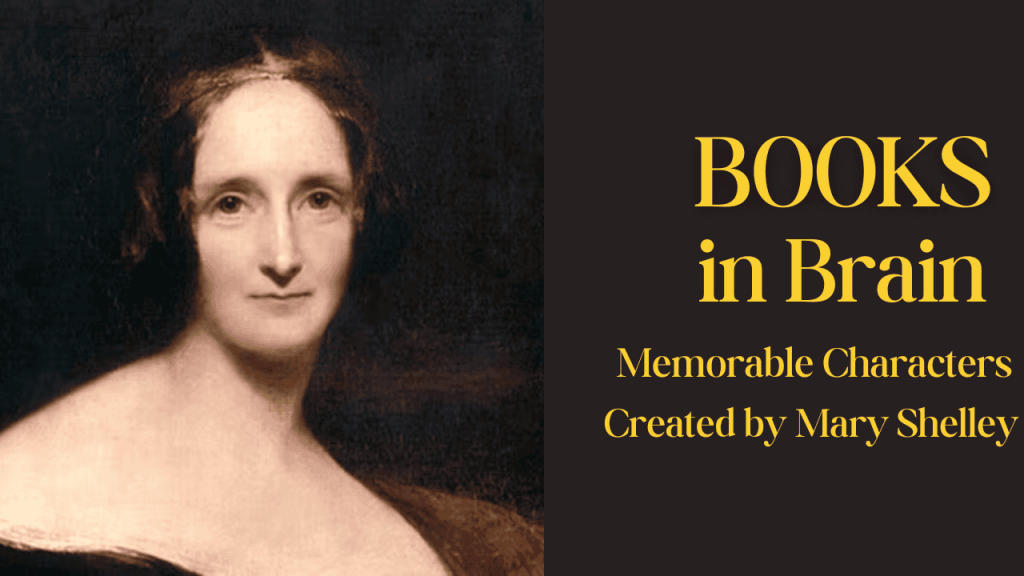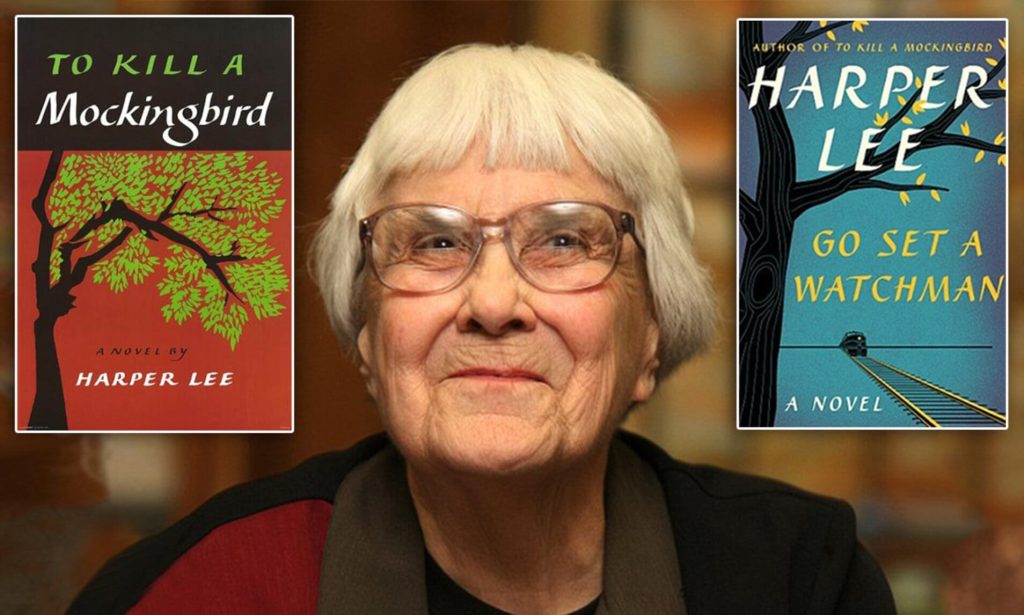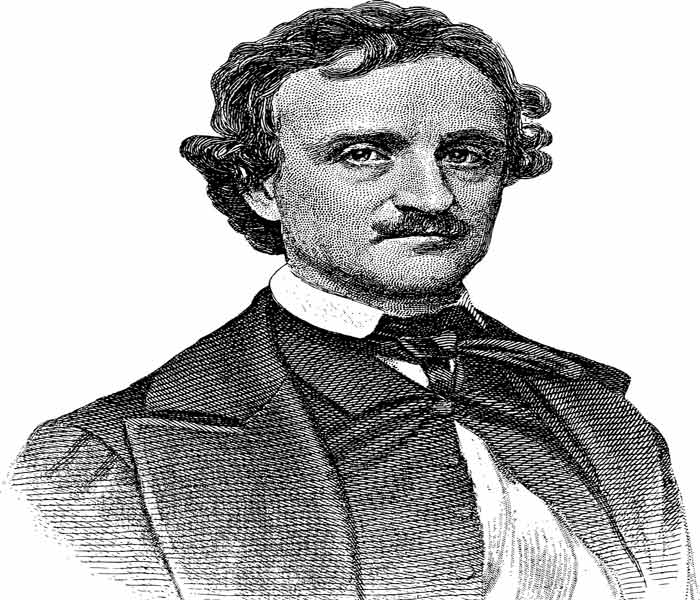Mary Shelley, a celebrated 19th-century writer, is often hailed as the mother of science fiction. She’s not only the creator of the pioneering novel Frankenstein but also a visionary who breathed life into characters that still fascinate us. With darkly brilliant minds, tragic flaws, and fierce resilience, her characters go beyond the pages to challenge and inspire readers.

Here are ten of her best—the characters who show us the power of Shelley’s timeless genius.
- Victor Frankenstein (Frankenstein)
- The Creature (Frankenstein’s Monster) (Frankenstein)
- Elizabeth Lavenza (Frankenstein)
- Alphonse Frankenstein (Frankenstein)
- Robert Walton (Frankenstein)
- Safie (The Arabian) (Frankenstein)
- Henry Clerval (Frankenstein)
- Perkin Warbeck (The Fortunes of Perkin Warbeck)
- Lionel Verney (The Last Man)
- Rosalind and Helen (Rosalind and Helen)
Victor Frankenstein: Victor Frankenstein is a young scientist with big dreams. He is just driven by a thirst for knowledge and a desire to push the boundaries of science. He becomes obsessed to unlock the secrets of life and death. He desperately wants to make his mark on the world.
Victor’s intense desire to prove himself makes him blind. It leads him down a dangerous path as he works to bring a creature to life. He doesn’t think about the suffering his creation might cause, only about his own success.
This leads to his downfall, as he’s haunted by the monster he created. Victor reminds us of the risks of playing with forces we don’t fully understand. Through Victor, Shelley shows us the consequences of unchecked ambition.
The Creature (Frankenstein’s Monster): The creature, often called Frankenstein’s monster, is more than just a monster. He begins as a kind, innocent, and curious being who seeks acceptance and love. However, he’s rejected and feared by everyone he meets because of his appearance.
The creature’s painful journey is a reflection on the darker side of humanity, as he becomes angry and vengeful after repeated rejection. He becomes one of Shelley’s most tragic figures—a monster created by society’s cruelty rather than by nature.
Elizabeth Lavenza: Elizabeth is Victor’s beloved fiancée and childhood friend. She’s gentle, loyal, and deeply cares for him. Her love for Victor shows her strength, as she supports him even when he becomes distant and consumed by his work. However, Elizabeth’s life is filled with hardships and loss.
As a symbol of innocence and love, she plays a crucial role in Victor’s life, grounding him with her kindness and patience. However, her connection to Victor ultimately leads to her tragic end. She becomes a victim of Victor’s ambition when the creature targets her to punish Victor. Elizabeth’s character reminds us of the unintended harm our actions can cause to those we love.
Alphonse Frankenstein: Alphonse Frankenstein, Victor’s father, is a steady presence in the story. He is a figure of moral strength and provides a loving, supportive environment for his family.
Unlike Victor, Alphonse values human relationships and prioritizes family over ambition. He tries to guide Victor back to a simpler, more grounded life. He wants what’s best for Victor and often tries to pull him back from his dangerous obsession.
Alphonse’s character serves as a reminder of the importance of family, stability, humility and moral responsibility. It contrasts sharply with Victor’s unchecked desires.
Robert Walton: Robert Walton is the explorer who tells Victor’s story to the reader. Like Victor, he has grand ambitions—he wants to explore the Arctic and achieve greatness. Yet he is more cautious. He learns from Victor’s mistakes. He realizes the potential dangers of pursuing greatness at any cost and chooses to turn back rather than risk his life and the lives of his crew.
Through Walton, Shelley provides a contrasting perspective on ambition. She shows us that ambition isn’t always destructive; it can be tempered with caution and empathy. Walton’s story serves as a counterpoint to Victor’s, showing a different way to approach ambition.
Safie (The Arabian): Safie, also known as “The Arabian,” brings hope and a sense of resilience to the story of Frankenstein. She is a strong, independent character who, despite facing many challenges, bravely leaves her oppressive past behind in search of a better life.
Safie’s background and determination inspire the creature and help him understand what it means to have hope. Her journey shows that love and determination can overcome even the harshest obstacles. She symbolizes the positive side of humanity, balancing the cruelty the creature often experiences.
Henry Clerval: Henry Clerval is Victor’s best friend, an idealist who loves exploring and learning. Clerval brings out the best in Victor, encouraging him to appreciate life and see beauty in the world. He’s the opposite of Victor—gentle and thoughtful, with a kind heart.
Sadly, Clerval becomes a victim of Victor’s mistakes. His tragic end is one of the many consequences of Victor’s unchecked ambition. Clerval’s character shows us the devastating impact our actions can have on those around us.
Perkin Warbeck: Perkin Warbeck is the central character in Shelley’s historical novel The Fortunes of Perkin Warbeck. The story is based on a real-life figure who claimed to be the rightful heir to the English throne. His life is filled with deception, mystery, and ambition.
Warbeck’s story explores questions of identity, loyalty, power, and the quest for legitimacy. Shelley gives him depth, showing his struggle to prove himself.
Lionel Verney: Lionel Verney, from The Last Man, is Shelley’s vision of the ultimate survivor in a world devastated by plague. Lionel watches his loved ones die and struggles with being the last survivor in a lonely world. His character explores themes of survival, resilience, and isolation.
Through Lionel’s eyes, we see humanity’s strengths and weaknesses. He shows us that even in the darkest times, there is still hope. Lionel reflects Shelley’s belief in the strength of the human spirit.
Rosalind and Helen: Rosalind and Helen are characters from one of Shelley’s poems, where their story unfolds through love, friendship, and tragedy. Though not as well-known, these characters add depth to her body of work.
Shelley uses Rosalind and Helen to explore deeper emotions. Their experiences reveal Shelley’s poetic side. It shows that her talent extended beyond novels and into meaningful, memorable poetry. They remind us that her creativity had no bounds.
Wrap-Up
Mary Shelley’s characters are timeless shadows. Each story is a doorway to another era, yet her insights on human nature remain as relevant as ever. Open her books, meet her characters, and let them haunt and inspire you in ways only Shelley can.



Pingback: Memorable Characters Created by Walter Cronkite - Books in Brain